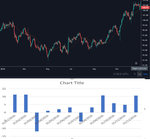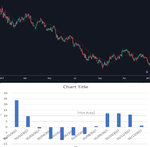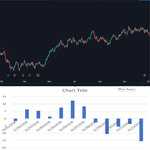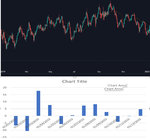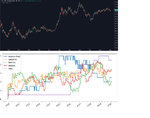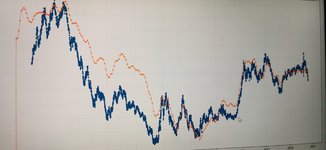Inspired by sharky and something I have been wanting to do. I am tight for time at the moment but want to start slowly researching what's needed and an overall plan.
This isn't going to be a walk in the park. I am not looking to apply basic price rules. What I am looking to achieve is a natural language processor that processes real-time news feeds and economic data and process that through a rule system. The first objective would be to target swing trades as I am unwilling to spend a fat chunk of money monthly on premium APIs. If I can build something that is abke to process and apply rules successfully then I will consider looking at intraday trading.
First steps:
1) build code to process forexlive rss feed
2) build code to process eikon data (still assessing if I can do this with my subscription. I might have to buy an addon)
3) build code that can execute and manage trades not using mql4. It will need to using an api or a library that bridges with mt4
4) research natural language processing and deep learning.
5) build code that can access tradingeconomics.com for historical data
6) build trading rules engine based on my existing profitable strategy
Once I have all these I can look to putting them all together. I will be using Azure, streaming, in mem processing, various languages and big data tech.
This isn't going to be a walk in the park. I am not looking to apply basic price rules. What I am looking to achieve is a natural language processor that processes real-time news feeds and economic data and process that through a rule system. The first objective would be to target swing trades as I am unwilling to spend a fat chunk of money monthly on premium APIs. If I can build something that is abke to process and apply rules successfully then I will consider looking at intraday trading.
First steps:
1) build code to process forexlive rss feed
2) build code to process eikon data (still assessing if I can do this with my subscription. I might have to buy an addon)
3) build code that can execute and manage trades not using mql4. It will need to using an api or a library that bridges with mt4
4) research natural language processing and deep learning.
5) build code that can access tradingeconomics.com for historical data
6) build trading rules engine based on my existing profitable strategy
Once I have all these I can look to putting them all together. I will be using Azure, streaming, in mem processing, various languages and big data tech.


